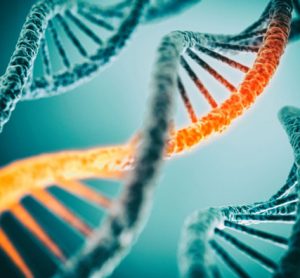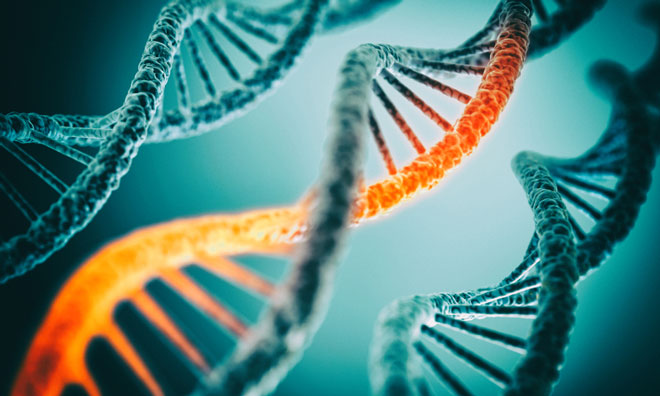IFPAC…The first name in PAT…The essential name in PAT
3 December 2008 | By
This premier event is being held January 25-28 at the Baltimore Marriott Waterfront Hotel, located within Baltimore's Inner Harbour. IFPAC is the leading conference in process analysis and technology and this will be the 23rd International Forum for Process Analytical Technology.












